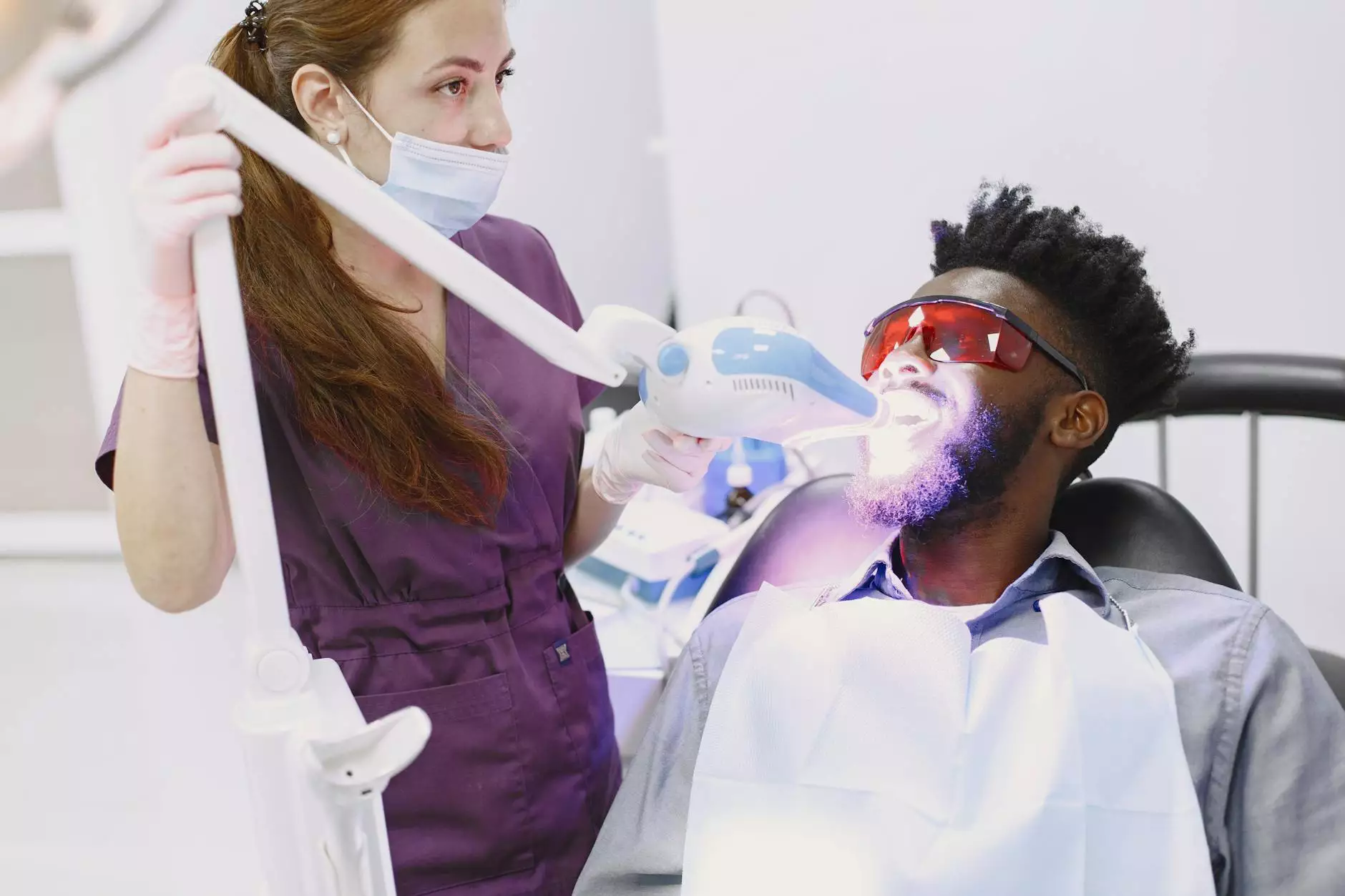Understanding and Managing External Rotation Shoulder Pain

The shoulder joint is a remarkably complex structure that enables a wide range of motions, yet this flexibility can sometimes lead to discomfort and pain, particularly during external rotation. In this comprehensive guide, we delve into the intricacies of external rotation shoulder pain, shedding light on its causes, symptoms, and effective treatments.
What is Shoulder External Rotation?
Shoulder external rotation refers to the movement that allows your arm to rotate away from your body. This action is essential in various activities, including throwing a ball or reaching backward. Understanding this movement's significance helps in grasping why experiencing pain in this area can severely impact day-to-day functions.
Causes of External Rotation Shoulder Pain
The causes of external rotation shoulder pain are diverse and can range from acute injuries to chronic conditions. Here are some common factors:
- Rotator Cuff Injuries: The rotator cuff comprises muscles and tendons that stabilize the shoulder. Tears or inflammation can result in pain during rotation.
- Tendinitis: Inflammation of the shoulder tendons due to overuse can lead to significant discomfort, especially during motion.
- Impingement Syndrome: When shoulder tendons are compressed during arm movements, this syndrome can lead to pain during external rotation.
- Arthritis: Degenerative diseases such as osteoarthritis can result in pain and reduce the range of motion.
- Frozen Shoulder (Adhesive Capsulitis): A condition ranging from pain to stiffness, frozen shoulder can severely limit mobility.
- Shoulder Bursitis: Inflammation of the bursa can cause pain that intensifies with movement.
Symptoms to Watch For
While the primary symptom of external rotation shoulder pain is discomfort during specific movements, numerous accompanying symptoms may indicate the severity of the condition:
- Localized pain in the shoulder region, especially during movement.
- A noticeable reduction in range of motion.
- Stiffness or tightness in the shoulder.
- Discomfort that worsens at night or during specific activities.
- Swelling or tenderness in the shoulder area.
- A clicking or popping sensation during rotation.
Diagnosis of External Rotation Shoulder Pain
Diagnosing the source of external rotation shoulder pain involves a thorough evaluation by a healthcare provider. The following methods may be employed:
- Physical Examination: A physical therapist or chiropractor will assess shoulder mobility, strength, and any localized pain.
- Medical History: Detailed discussion regarding the onset of symptoms and any previous injuries can help pinpoint possible causes.
- Imaging Tests: X-rays, MRIs, or ultrasounds may be utilized to identify structural issues in the shoulder.
Management and Treatment Options
Managing external rotation shoulder pain can involve a multifaceted approach, combining rest, therapy, and sometimes medical intervention. Here’s a detailed breakdown of treatment strategies:
1. Rest and Activity Modification
One of the simplest yet most effective treatments is giving the shoulder adequate rest. Avoiding activities that exacerbate the pain can lead to significant improvements.
2. Physical Therapy
Engaging in physical therapy can help restore mobility and strengthen the muscles surrounding the shoulder. Techniques may include:
- Stretching Exercises: Working to improve flexibility in the shoulder joint.
- Strengthening Exercises: Targeting the rotator cuff and shoulder muscles to provide stability.
- Manual Therapy: Hands-on techniques to alleviate pain and restore movement.
3. Ice and Heat Therapy
Applying ice can reduce swelling and numb the pain, while heat can help relax and soothe stiff muscles. It's crucial to use these therapies judiciously for optimal results.
4. Medications
Over-the-counter anti-inflammatory medications such as ibuprofen or naproxen may help alleviate pain and reduce inflammation. Always consult a healthcare provider before starting any medication regimen.
5. Chiropractic Treatment
Chiropractors can provide spinal adjustments and specific manipulative therapies to enhance shoulder function and alleviate pain.
6. Injections
In some cases, corticosteroid injections may be recommended to reduce inflammation and provide immediate pain relief. However, this should be considered a temporary relief strategy.
7. Surgical Options
In cases where conservative treatments fail, surgical intervention may be necessary. Options include:
- Rotator Cuff Repair: For those with significant tears in the rotator cuff.
- Subacromial Decompression: This procedure can relieve impingement by removing bony projections on the shoulder blade.
- Shoulder Replacement: In severe arthritis cases, a partial or total shoulder replacement may be recommended.
Prevention Strategies
Preventing transitions into external rotation shoulder pain is certainly achievable with mindful strategies. Here’s how one can proactively protect the shoulder:
- Regular Exercise: Engage in shoulder-strengthening exercises to maintain muscle balance and support.
- Proper Technique: Ensure to use the right techniques when performing activities such as sports or lifting heavy objects.
- Ergonomics: Adjust your workspace to maintain good posture and avoid undue strain on the shoulder.
- Breaks: Take breaks during repetitive tasks to minimize the risk of overuse injuries.
Conclusion
External rotation shoulder pain is a common issue that affects many individuals, impacting their ability to perform daily activities. By recognizing the symptoms and understanding the causes, treatments, and preventive measures, individuals can take proactive steps to manage their shoulder health effectively.
For personalized care, consider reaching out to professionals at iaom-us.com, specializing in health, chiropractic, and physical therapy. Don't let shoulder pain dictate your life — take the first step towards recovery today!









